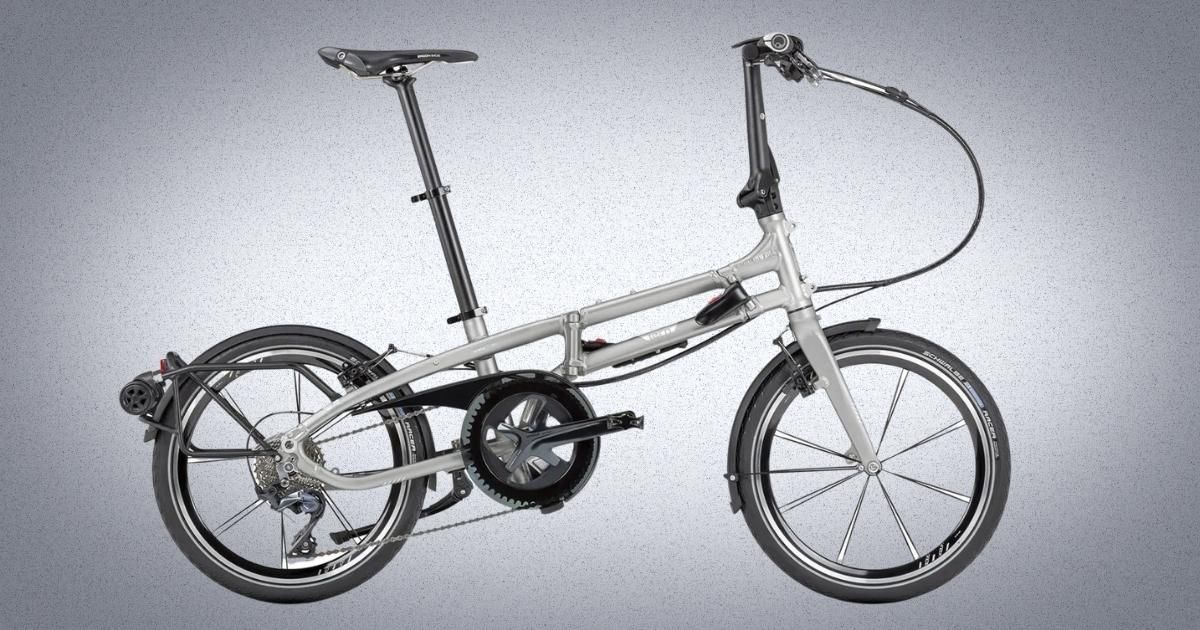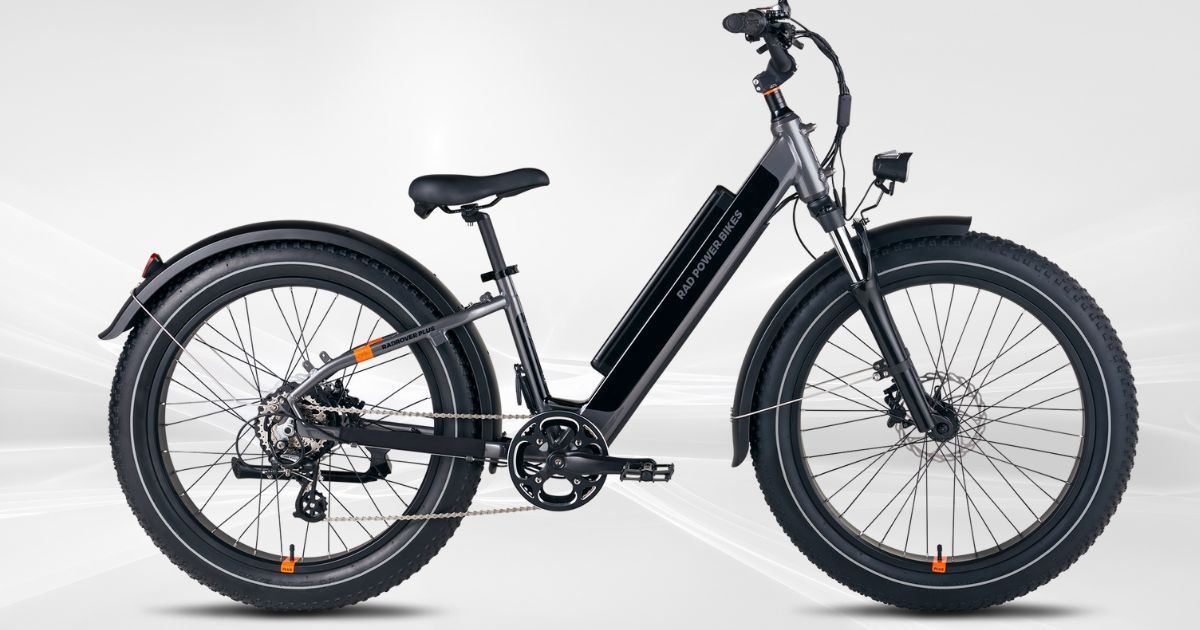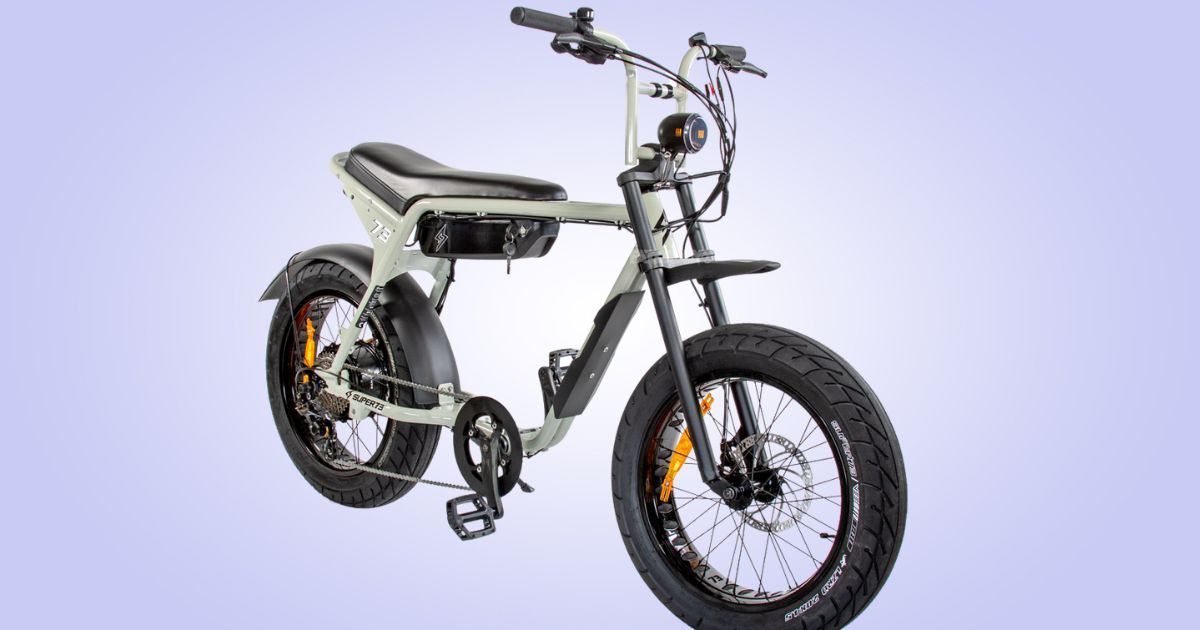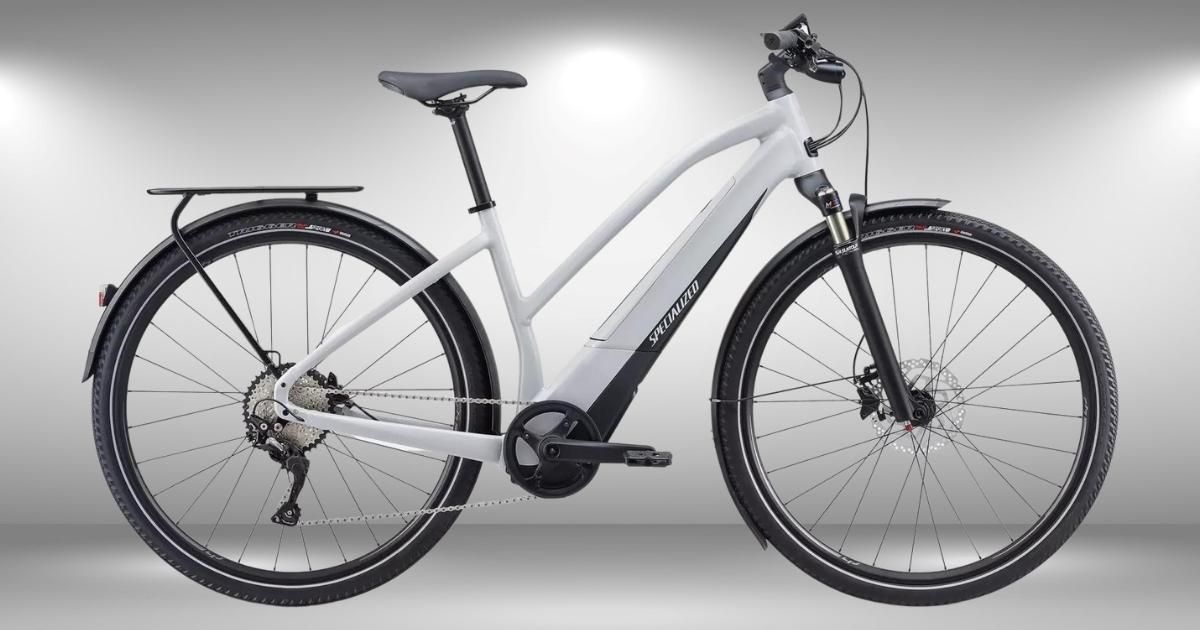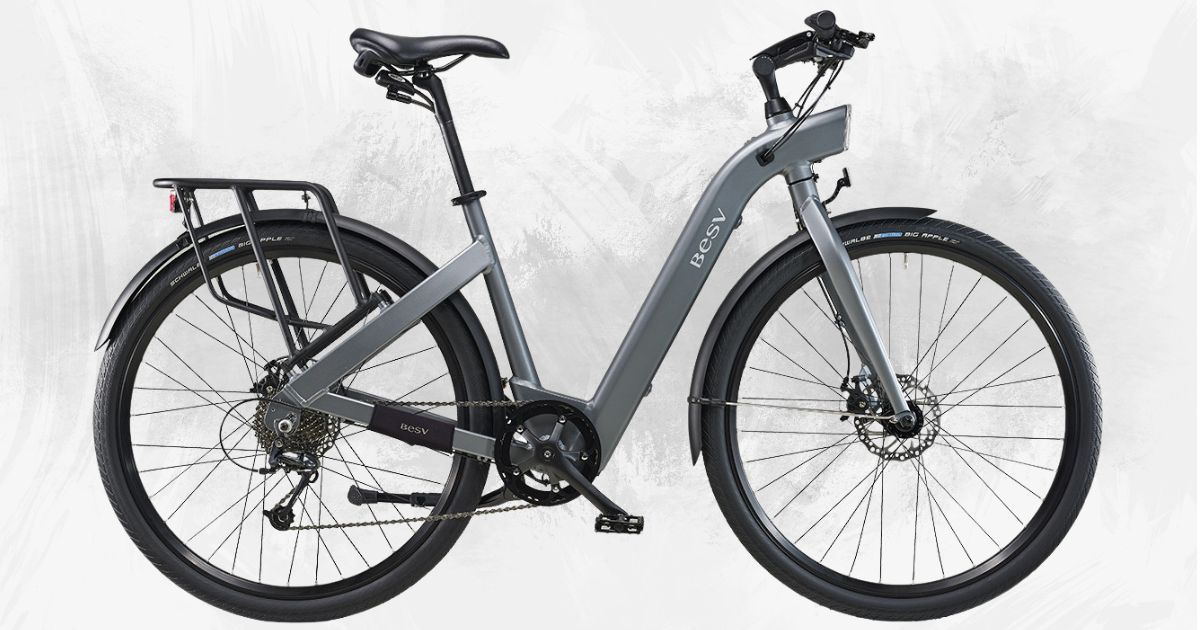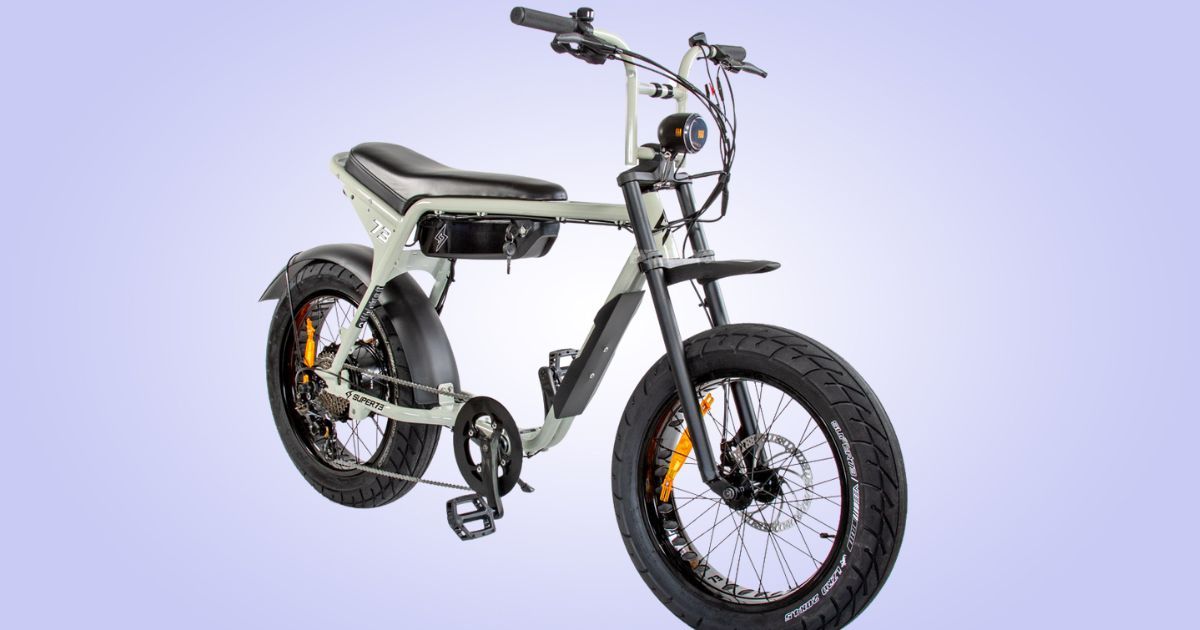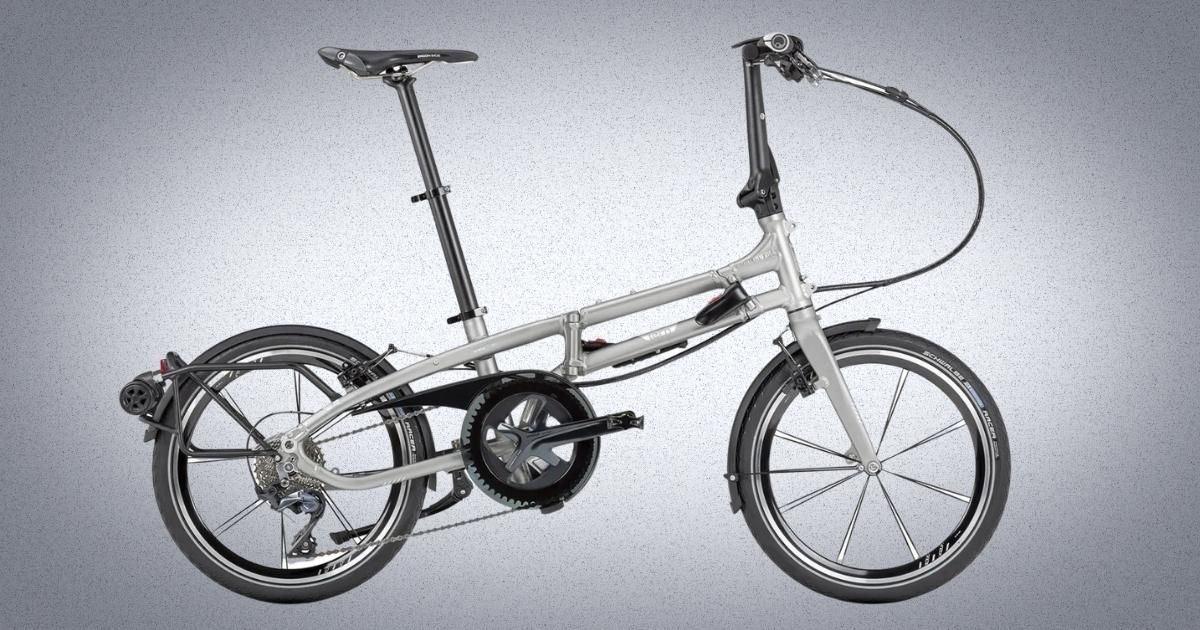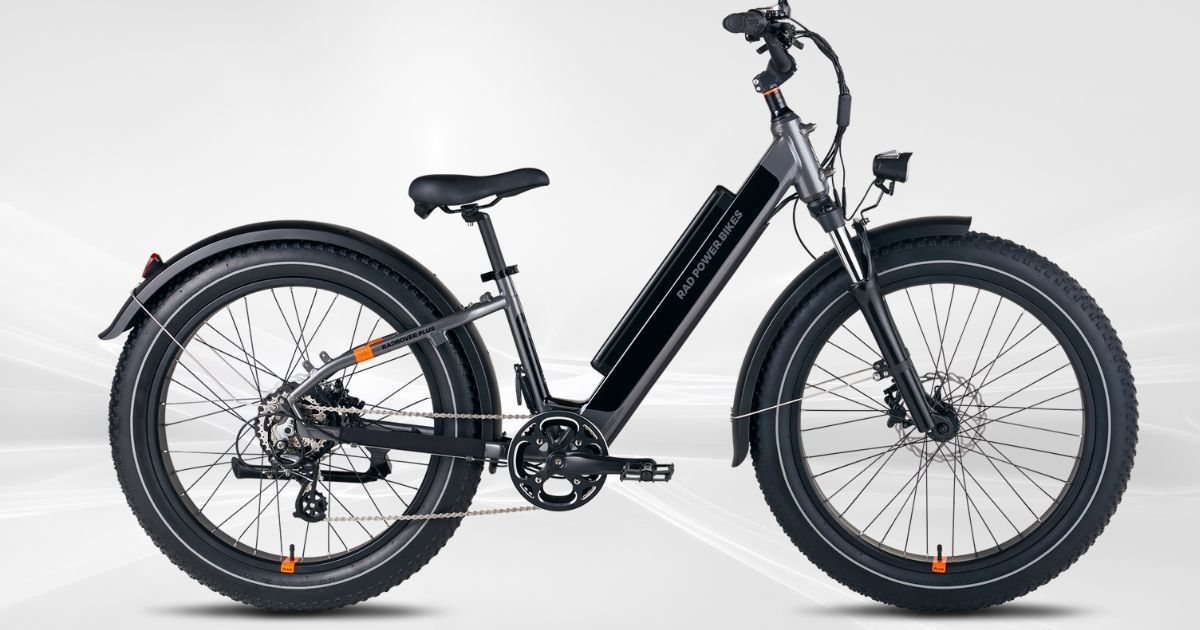Why do ebikes have a class system?
Ebikes, or electric bikes, are classified into different categories based on their design and the maximum speed at which they can operate. The class system is used to help consumers understand the capabilities of different ebike models and to ensure that ebikes are used safely and responsibly.
While ebikes come in a variety of styles and configurations, in most jurisdictions, they are designated by three main categories: Class 1, Class 2, and Class 3. Understanding the differences between these classes is important for riders who are considering purchasing an ebike, as it can help them choose the right bike for their needs. Below we go deeper into each class but to start, here is a helpful illustration from Juiced Bikes:
Class 1 ebikes
Class 1 ebikes have a maximum speed of 20 mph (32 kph) and are pedal assist only, meaning there is no throttle to help with acceleration. The electric motor only works when the user is pedaling. Examples of Class 1 bikes include:
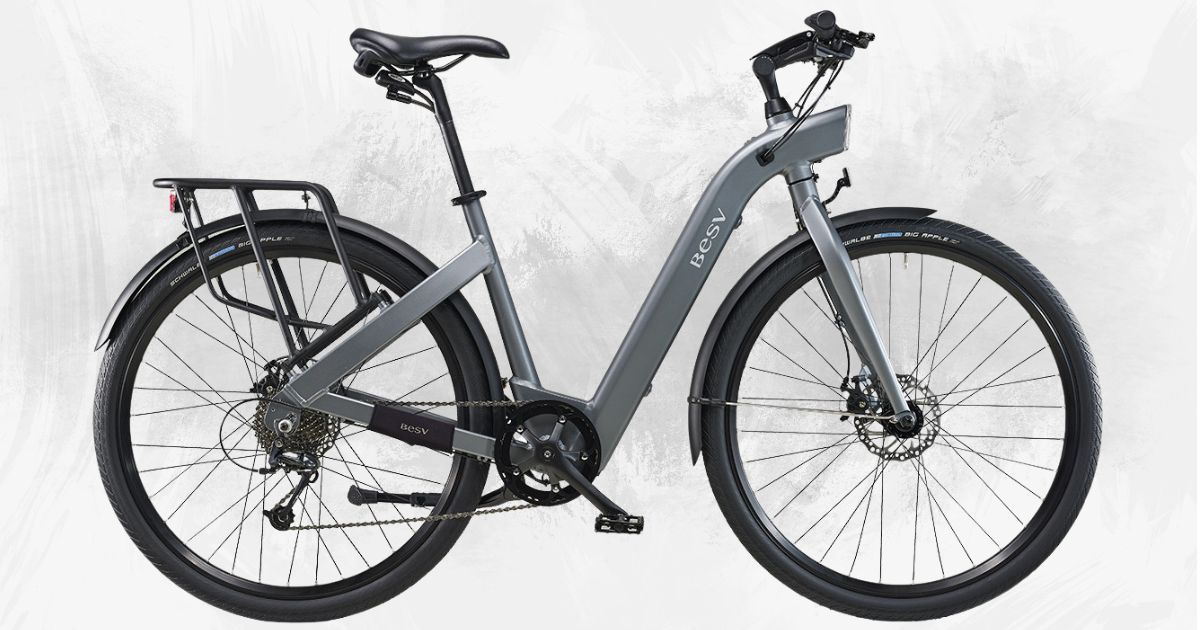
Class 2 ebikes
Class 2 ebikes are equipped with a motor that provides assistance when the rider is pedaling, but are also throttle-assisted. Like Class 1 ebikes, Class 2 models are limited to a top speed of 20 mph (32 kph).
Class 3 ebikes
Class 3 ebikes are the most powerful type of ebike with a top speed of 28 mph (45 kph). These bikes are equipped with a motor that provides assistance when the rider is pedaling and may or may not also have a throttle.
One of the main differences between Class 1, Class 2, and Class 3 ebikes is the amount of assistance they provide. Class 1 ebikes require the rider to pedal to power the motor. These bikes are best suited for cyclists who want a moderate amount of exercise. Class 2 ebikes require less exertion, offering the rider the ability to use the throttle to accelerate instead of pedaling. These bikes are best suited for those who want a less physically demanding ride. Certain Class 3 ebikes offer throttle-assist too, but not all.
Another difference between Class 1, Class 2, and Class 3 ebikes is the maximum speed they are able to reach. Class 1 and Class 2 ebikes are limited to a maximum speed of 20 mph, which is the average speed of a fit and experienced cyclist. This speed limit is designed to ensure that ebikes are safe to use on roads and trails, and to prevent them from becoming a hazard to other users. Class 3 ebikes can reach speeds of up to 28 mph. This higher speed limit is designed to allow riders to keep up with traffic on roads, and to provide a more exciting and exhilarating ride experience.
Restrictions and Regulations
It is important to note that, in some places, there are restrictions on where you can ride Class 1, Class 2, and Class 3 ebikes. While the rules vary from region to region, generally speaking, Class 1 and 2 ebikes can be ridden wherever traditional bikes are allowed. Class 3 ebikes are sometimes prohibited in parks, trails, and other spaces that are shared with pedestrians.
In terms of regulations, Class 1, Class 2, and Class 3 ebikes are treated differently in different jurisdictions. Here is an example of how California treats the difference classes made by People For Bikes:
Some bikes can also be configured to support Class 1, 2 or 3. An example of this would be the Magnum Peak T5.


 BESV CF1
BESV CF1 Tern BYB
Tern BYB RadRover 6 Step Thru
RadRover 6 Step Thru Super73 ZX
Super73 ZX Specialized Turbo Vado 4.0
Specialized Turbo Vado 4.0